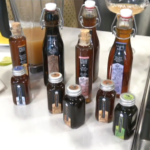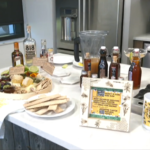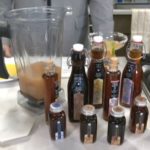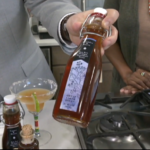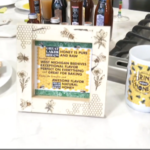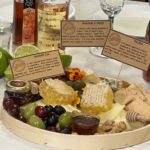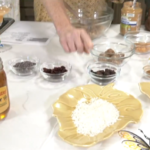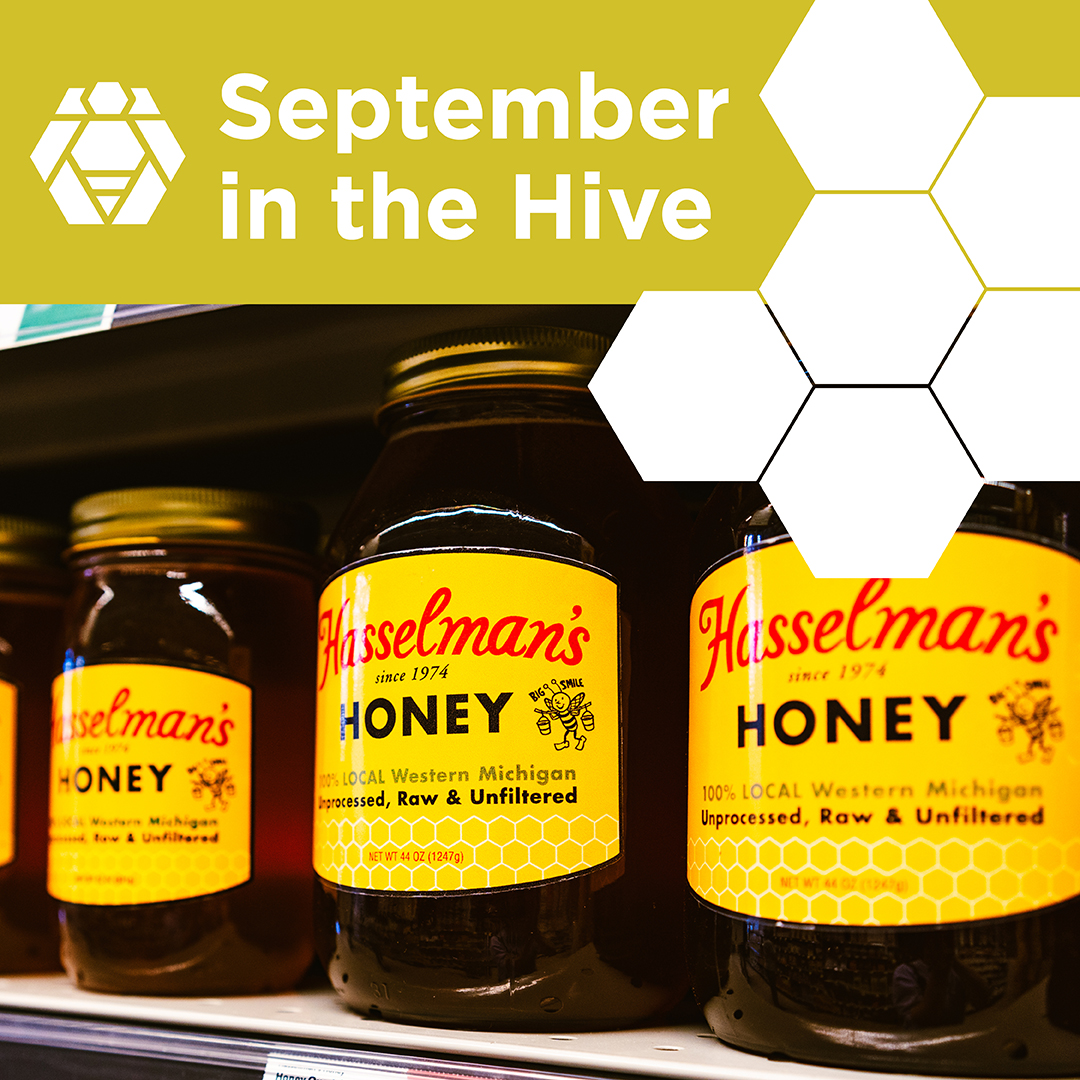
September is one of our favorite months to celebrate! Why? It’s National Honey Month!
Our West Michigan bees have been busy little workers making honey in their hives the past four months. As bees begin to wind down their harvest in September to prepare for the upcoming winter, beekeepers can collect any remaining honey from their final honey flows.
As we celebrate our buzzing bees, here are a few facts about honey and National Honey Month:
- The National Honey Board declared September as National Honey Month in 1989 to promote the beekeeping industry in the United States and, honey, of course.
- Honey is known as one of “Mother Nature’s sweeteners” because of its natural properties and health benefits, including boosting energy, healing ailments and moisturizing your skin, not to mention its delicious taste.
- Honey has been around for millions of years with beekeeping apiculture dating back to at least 700 BC with the Ancient Egyptians.
- A single worker honeybee produces approximately 1/12 of a teaspoon of honey in her lifetime. That means around 22,700 bees are needed to fill a single jar of honey, according to the National Honey Board.
- The flavor and color of honey varies depending on the types of flowers the bees visit. Honey color ranges from nearly colorless to dark brown, and its flavor varies from mild to bold. Generally, light-colored honey is milder in taste and dark-colored honey tends to have a more robust flavor.
How to get the most out of your end-of-season honey collection:
- Harvest your honey when the hive is full of capped honey – or when a cell is completely covered in white wax and honey is not visible. In Michigan, this can happen anytime in September through the first frost – usually in early October.
- Begin your honey harvest by clearing the honeybees off of the frames, then scraping the wax capping from the top of the honeycomb. Once the wax has been removed, you are ready to extract the honey.
- Use a a honey extractor, if you have one, to get the honey out of the comb and into a jar. This helps to preserve the comb so the bees can still use it and fill it back up with honey.
- If you don’t have a honey extractor, common household items, such as a wooden spoon or potato masher, can be used to crush and drain the comb in a clean bucket. Then strain it through a colander or smaller kitchen strainer.
Enjoy your honey harvest one spoonful at a time! Happy Honey Month!



